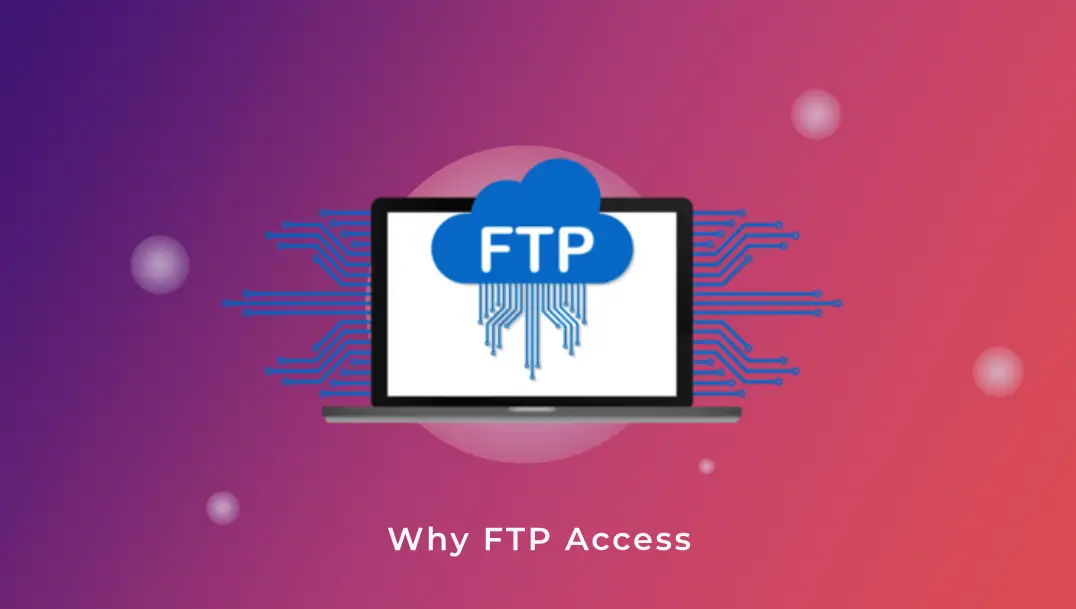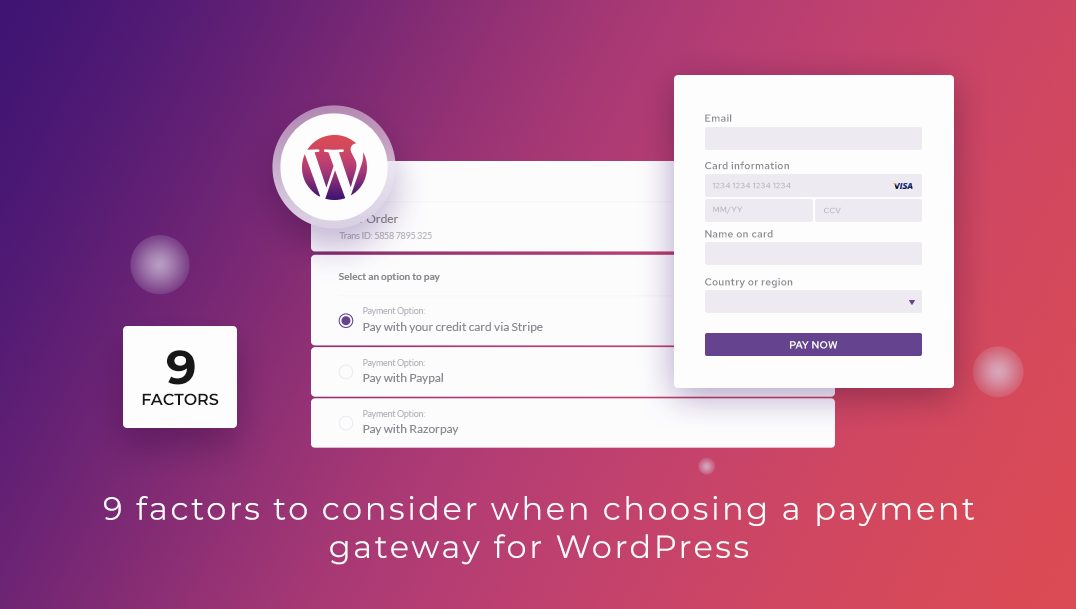It’s no secret that ecommerce is booming right now. Last year, North America’s B2C ecommerce revenue grew by 12.2% to $522.9 billion. With a 26.9% share of the global ecommerce market, overall revenues are projected to grow to more than $600 billion over the next two years with an expected share of 1.86% of the national GDP. That is a lot of money to be made! So if you are in the business of selling online, business is looking good.
Things get even better because it’s that time of the year again. The holiday season is here which means turkey, eggnog, Christmas lights and a lot of shopping is just around the corner. The holiday season is big business for online retailers. The holiday season for 2014 was pretty good to begin with – a 16% increment in ecommerce retail sales totaling to about $72 billion for the months of November and December. According to estimates published by NRF, the prospect for this year’s holiday season sounds definitely positive. Online retail is expected to increase by 6-8%, outpacing overall growth and bringing in a projected $105 billion in sales.
Skeptics might say that the sales and revenue projections are a product of gross overestimation. However, except for the 2 years succeeding the 2007 subprime crisis, holiday ecommerce sales have been growing steadily. Just take a look at the chart below.
It Starts on a Thursday
Broadly speaking, the holiday season begins with Thanksgiving and that is approximately where the rush starts. The internet, ecommerce, social media and some ingenious marketing strategy used this to create Black Friday and Cyber Monday to extend the first wave of volume sales. Since 2001 (with 2004 being the only exception) Black Friday has attracted the largest volume of holiday sales followed by Cyber Monday, which is particularly important for online retail.
According to a report published by Adobe, online shopping on Thanksgiving and Black Friday set new records with sales tallying up to $1.33 billion and $2.4 billion respectively. Amazon alone received 5.5 million orders, 1.5 million more than 2013, which calculates to 64 items per second. Last year’s Cyber Monday was a different beast altogether for ecommerce. Sales hit $2.04 billion, a staggering 17% increase from 2013. With an average order value of $124, only Black Friday did slightly better. Overall, from Thanksgiving on to Cyber Monday, ecommerce sales grew 7% in 2014, totaling to $101.9 billion. Crunch the numbers and you’re likely to find that online sales during those 5 days accounted for almost 20% of the year’s B2C ecommerce revenue. Ecommerce sales were particularly excellent for small businesses as well during the Thanksgiving-Cyber Monday run with a 27% year-over-year increase. ComScores data on the 10th of December put online sales in the US at $42.5 billion within the preceding 44 days. The last full week before Christmas Eve registered a total spending of $5.8 billion, a pretty strong growth of 18% over the previous year.
To sum up, here is a tiny list of statistics to give you the quick low down:
- Cyber Monday ecommerce sales – $2.68 billion
- Average Order Value on Cyber Monday – $124
- Black Friday ecommerce sales – $1.5 billion
- Average Order Value on Black Friday – $159
- Thanksgiving Day ecommerce sales – $1.09 billion
- The most preferred device for shopping online was the desktop for both Cyber Monday (78%) and Black Friday (71%).
- The Black Friday weekend saw shopping peak on Friday (33%) although Thursday (27.2%) and Saturday did pretty good business.
- Small and medium size businesses did well, reporting an increase of 27% in sales.
- The week leading up to Christmas saw an increase of 18% growth bringing in $5.8 billion.
So now that we have established the fact (and extensively so) that the holiday season is pretty busy time for web stores and marketplaces alike, let’s take a little time to look at what the forecast for 2015 looks like.
- Adobe predicts that total sales for Black Friday, Thanksgiving and Cyber Monday is going to go up 13% to $7.2 billion.
- Of all dollars devoted to online holiday shopping, 76% will be spent on a mere 1% of products.
- 60% of that will be electronics and another 10% will be gift cards.
- For the first time ever during this holiday season, mobile traffic (51%) is going to surpass the number of visitors shopping from desktops.
- Compared to Cyber Monday and Black Friday, Thanksgiving is possibly going to see the largest increase in sales with 18% over 2014’s figures.
- Incidences where buyers are likely to find an item “Out of Stock” will increase by 116%.
- Total online spending could reach an all time high of $83 billion, an 11% increase over last year’s figures.
- iPhone users will be 23% more likely to make purchases on their smart phone than Android users.
- 11% of ecommerce is set to happen on a phone with another 9% of tablets.
- Ecommerce sales will likely amount to 15% of holiday sales.
- Forrester forecasted that 40% of the growth in holiday sales overall will come from ecommerce this year.
- 68% of 2015 ecommerce sales will likely amass from holiday related retail sales.
- NRF forecasts online sales will likely increase 6-8% to as much as $105 billion.
Setting the Deck – Simple Optimization Strategies
So now that we have somewhat of an idea of what we have coming in over the next few weeks, lets discuss some simple strategies to streamline and optimize our ecommerce approach. After all, selling better can potentially convert to greater revenue.
- Timing is Everything
Customers are known to start shopping for the holidays as early as the end of October, beginning with Halloween. Although data from this period is usually not factored into holiday sales revenues, but nonetheless serve as an extension of the seasonal trend. This particular assertion comes based on Google’s report that 1 in 4 shoppers bought a Christmas gift before Halloween and as much as 48% were done with a majority of their Christmas shopping before Cyber Monday.
So, I guess it makes sense to stock up your inventory and in the least begin preparations from end-September or the beginning of October itself. If you have a marketplace, it’d be advisable to give your vendors a heads-up about your strategy of preparing early. This way, you are more likely to reduce incidents of your customers running into “Out of Stock” stickers.
- Be the Early Bird
If you have started preparing early, expecting a big rush of orders to come flooding through the gates, chances are that you still need to do one more thing before your web store or marketplace turns into a lightning rod for sales.
The season itself is going to be driving sales pretty hard and fast but it wouldn’t hurt to reach out earlier than expected with your own custom discounts and offers. Throwing in the perk of free shipping during the holiday season makes good sense given the fact that 93% of shoppers take action for free shipping. Just to add a cherry on top, you can opt to remove the minimum purchase amount required to qualify for free shipping. Alternatively, you can keep the limit on because 60% of shoppers are willing to add more items to their cart to qualify for free shipping.
- The Trouble with Checkout
With the average shopping cart abandonment rate hovering around 68.53%, you need to ask yourself what drives the number so high. Among the many reasons as to why shoppers ditch their carts, difficulty with the checkout process ranks among the top 5 reasons.
Frankly, there are a number of ways to avoid this problem altogether. Allow for a guest checkout process where the buyer does not need to log in. You’ll most likely find that by allowing users to optionally sign-up will reduce your cart abandonment rate. I’d like to tack on another point here – try to keep as many payment options available as possible. Although the clear majority (48%) prefers to use credit cards for online transactions, a sizeable portion (30%) prefers debit cards and payment gateways like PayPal (12%).
- Optimize!
Things move fast online and speed matters, especially for ecommerce stores. The holiday season puts this need for speed on overdrive. With so many online retailers to compete with, it’d be shame if your sales took a hit simply because you didn’t do enough to optimize your site. 40% visitors will leave if a site takes more than 3 seconds to load and a whopping 79% won’t even return to your site if they were unhappy with your site’s load time.
So what can you do? Find bottlenecks and break them, get rid of junk code and implement faster, more elegant setups, use analytics tools and plug-ins to identify and alert you about downtimes and low page performance and above all, implement a traffic management system.
- Go Mobile
It may seem slow to catch up going by the figures we have discussed above, but going mobile should be an essential part of your ecommerce strategy. Do not fall for the high cart abandonment rate that mobile shopping is usually attached to. The point to be noted here is that mobile ecommerce growth more than doubled over to 28% in 2014, overtaking the desktops which grew only by 13%.
If we are to take comScore’s word for it, 56% of time spent with U.S. online retail occurred on a mobile device. This is turn means that you’ll need to step up your game when it comes to optimizing for mobile unless you want to lose a pretty large base of customers. For starters, just make sure that your website is mobile friendly and all those promotional emails that you send out are also responsive. If you have an app for your business, try and roll out an update before the season starts to make sure your app is compatible with the latest devices and the most recent version of the major mobile operating systems.
| Column 0 | Column 1 | Column 2 |
|---|---|---|
| Column 0 Value | Column 1 Value | Column 2 Value |
[/fusion_table]





